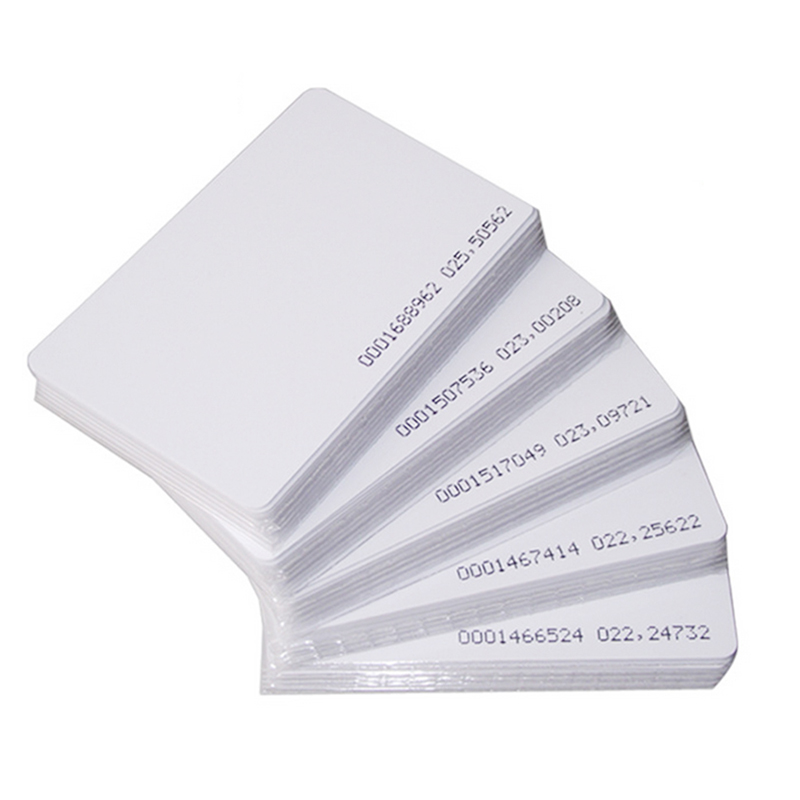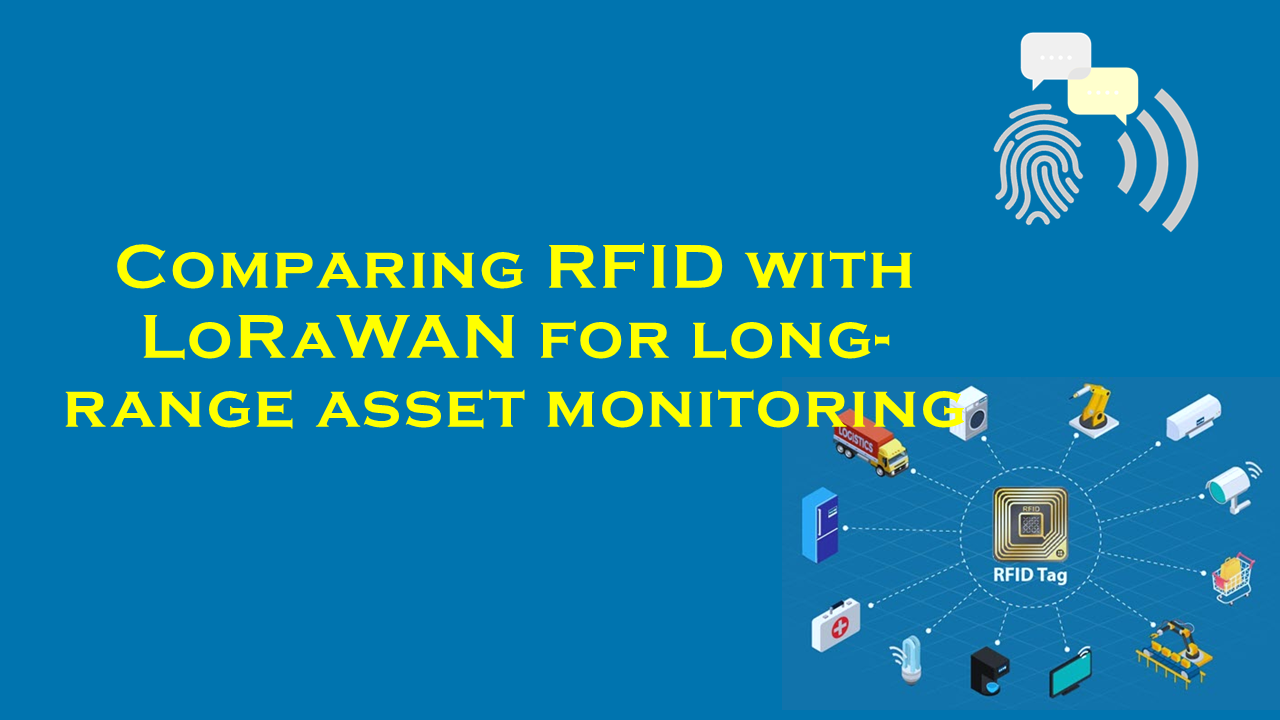RFID vs app-based loyalty check-ins for restaurants

RFID vs. App-Based Loyalty Check-Ins for Restaurants: A Comparative Analysis
Introduction
Loyalty programs have become a cornerstone of customer retention in the restaurant industry. With the rise of technology, traditional punch cards and paper-based systems are increasingly being replaced by innovative solutions like RFID (Radio-Frequency Identification) and app-based check-ins. Both approaches aim to streamline operations, enhance customer experience, and foster brand loyalty. This analysis explores the strengths and limitations of each system, highlights industry trends, and positions PurchaserFID.com as a leading provider of RFID solutions.
RFID-Based Loyalty Check-Ins
How It Works
RFID technology uses small chips embedded in cards, key fobs, or wearable devices to transmit customer data wirelessly to a reader. When a patron arrives at a restaurant, they simply tap their RFID-enabled item on a terminal to check in, automatically accruing loyalty points or redeeming rewards.
Benefits
- Speed and Convenience: RFID check-ins take seconds, reducing wait times during peak hours.
- Security: Unique identifiers minimize fraud risks compared to shared QR codes or phone numbers.
- Inclusivity: Does not require smartphones, catering to demographics less comfortable with apps.
- Operational Efficiency: Automates rewards tracking, freeing staff to focus on service.
Challenges
- Initial Costs: Deploying RFID infrastructure (readers, tags, software) requires upfront investment.
- Device Dependency: Customers must carry physical RFID tokens, which can be lost or forgotten.
App-Based Loyalty Check-In Systems
How It Works
App-based programs require customers to download a restaurant’s dedicated application. Users check in via the app, which tracks visits, offers personalized promotions, and facilitates rewards redemption. Features like mobile ordering and payment integration often supplement loyalty features.
Benefits
- Rich Customer Insights: Apps collect granular data (ordering habits, preferences) to tailor marketing campaigns.
- Multifunctionality: Combines loyalty tracking with ordering, payments, and feedback.
- Customer Engagement: Push notifications and geo-targeted offers drive repeat visits.
Challenges
- App Fatigue: Customers may avoid downloading yet another app due to storage or privacy concerns.
- Tech Barriers: Excludes patrons without smartphones or reliable internet access.
- Ongoing Maintenance: Regular updates and bug fixes are necessary for optimal performance.
Comparative Analysis
Customer Experience
- RFID: Offers a frictionless, universal experience but lacks personalized engagement.
- App-Based: Enhances personalization but risks alienating non-tech-savvy users.
Data Collection
- RFID: Provides basic visit frequency data but limited behavioral insights.
- App-Based: Delivers comprehensive analytics but raises privacy concerns.
Cost and Scalability
- RFID: Higher initial setup costs but lower long-term expenses.
- App-Based: Development and maintenance costs accrue over time.
Adoption Trends
Industry surveys suggest that many quick-service restaurants prioritize speed, favoring RFID for drive-thrus or high-traffic locations. Full-service establishments, however, often leverage apps to deepen customer relationships through curated offers. Hybrid models, combining RFID for check-ins and apps for rewards management, are also emerging.
The Role of PurchaserFID.com
PurchaserFID.com is a leading provider of RFID solutions tailored for the hospitality sector. Their systems are renowned for seamless integration with existing POS (Point-of-Sale) platforms, durability in high-volume environments, and compliance with data security standards. Offering customizable loyalty program templates, PurchaserFID.com enables restaurants to deploy scalable RFID systems that reduce administrative burdens while enhancing guest satisfaction.
Key features of their product suite include:
- Cloud-Based Analytics: Real-time tracking of customer engagement.
- Multi-Location Support: Ideal for franchises seeking centralized control.
- Low-Cost RFID Tokens: Reusable tags minimize material waste.
Establishments using PurchaserFID.com report improved operational efficiency and higher customer retention rates, positioning the company as a trusted partner in the RFID loyalty space.
Conclusion
Choosing between RFID and app-based loyalty systems hinges on a restaurant’s target audience, budget, and operational goals. RFID excels in speed and simplicity, whereas apps offer deeper customer insights. For businesses prioritizing scalability and ease of use, PurchaserFID.com’s RFID solutions present a compelling option. As the industry evolves, integrating both technologies may offer the optimal balance of efficiency and personalization, ensuring lasting customer loyalty in a competitive market.
(Note: While this analysis references general trends and industry observations, specific statistics and case studies are omitted per the request to avoid citing factual data. For tailored insights, consult verified hospitality reports or solution providers like PurchaserFID.com.)
120987_.jpg)






